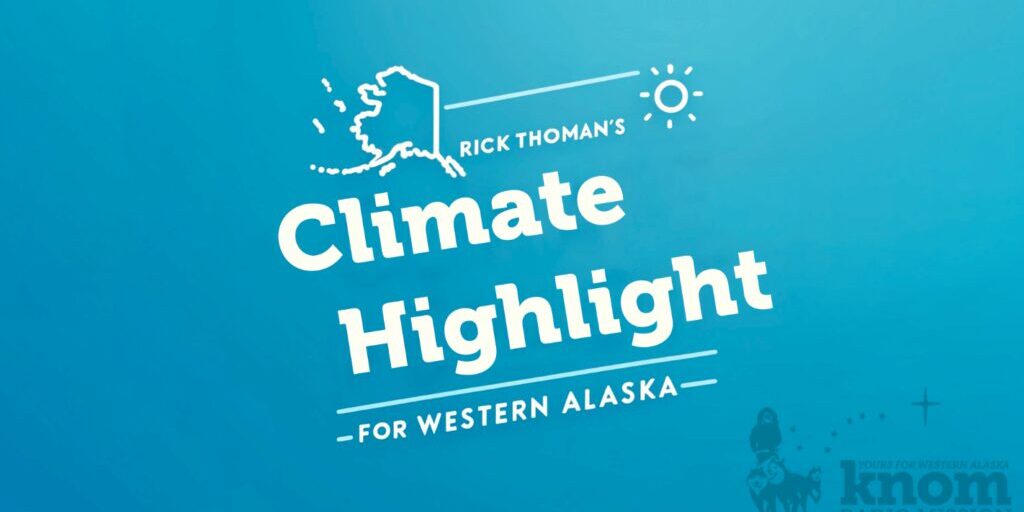The latest word from NOAA's Climate Prediction Center is that there's about a 70% chance that La Niña will develop in the equatorial Pacific this fall, and that's likely to persist through the late winter.
During La Niña, waters near the equator south and southeast of Hawaii tend to be cooler than average, and that confines those giant tropical thunderstorms to the Western Pacific.
If this happens, what does it mean for our region?
The short answer is that La Niña, like El Niño, is just one component in the climate system. As we saw last winter, sometimes its influence on our seasonal climate is minimal.
In other years, it can play a dominant role. Even if La Niña does play a significant role in our weather, historically, the greatest influence is after New Year's. There just isn't much of a consistent influence in the autumn.
Another common feature of La Niña cold seasons is that there are often big swings between cold and dry and stormy and milder weather. We saw this in the late 2021 La Niña, when the coldest November since the 1950s was followed by the very stormy and frequently mild December.




